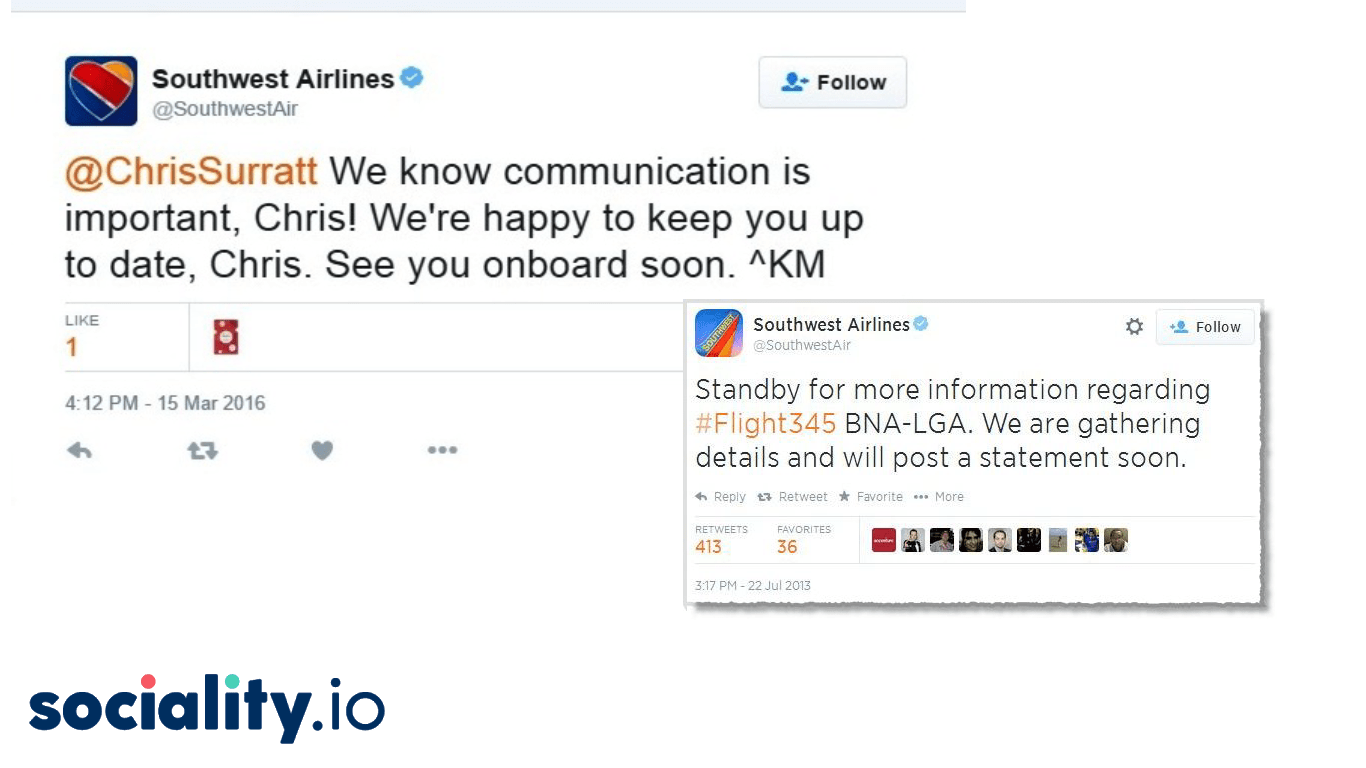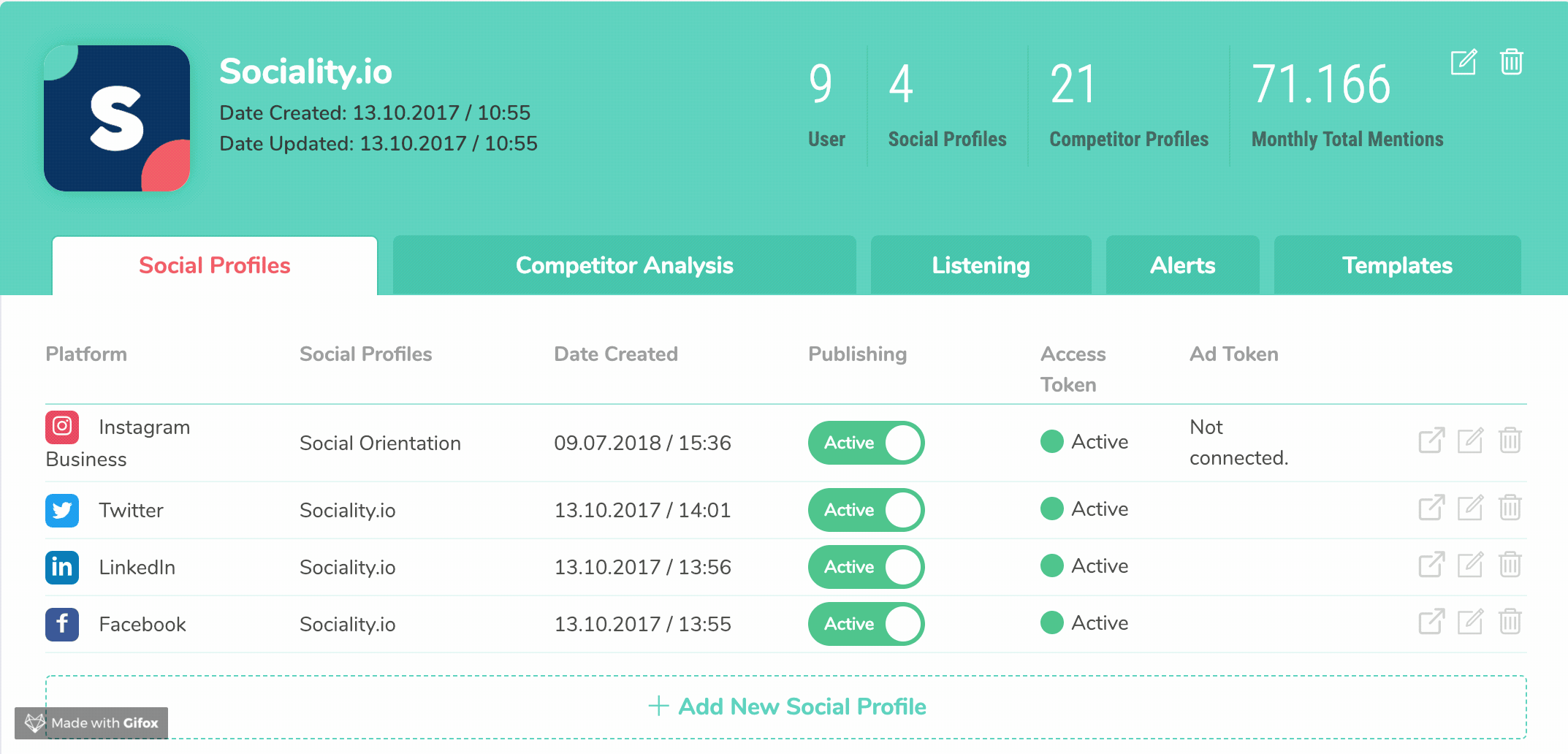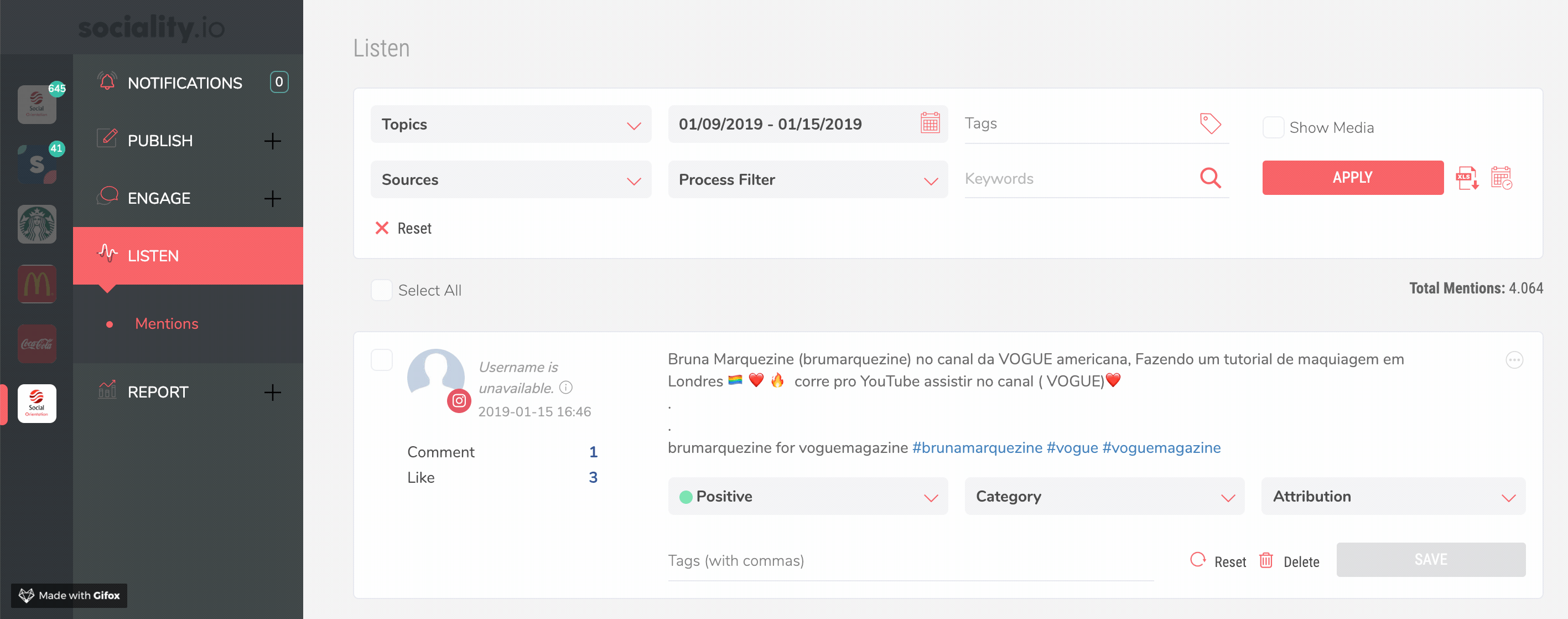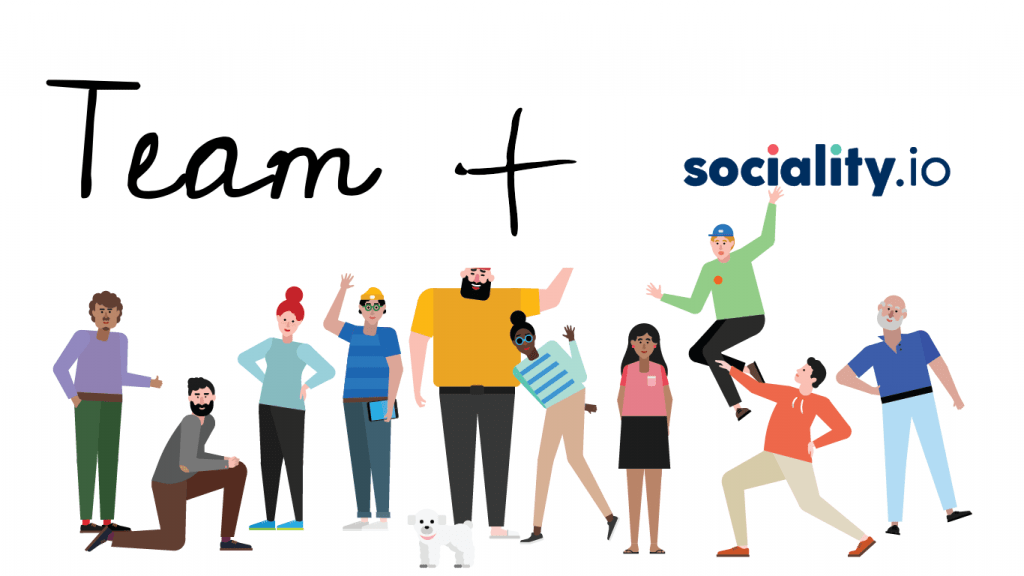Summarize this article via
The context of human interactions has been changed dramatically by the internet, and it’s critical to understand how the change influences businesses. Today a bad customer experience spreads like butter on a hot toast. Sharing information has never been easier, which brings difficulties
Internet users can easily spread negative information about your brand and the message can have a snowballing effect thanks to shares and retweets.
A few decades ago if a customer is harmed or unsatisfied with a service or product, he tells his relatives, friends, colleagues. The approximate level of spreading negativity towards a brand was limited by the number of people the person knows.
Today one tweet can have a million impressions and can even decrease a stock price. So, million people will know that you did something wrong. A failure to satisfy a customer can be simple. We all have seen it in 2017 Adidas sent: “Congrats, you survived the Boston Marathon!”- inadvertently recalling imagery of the 2013 Boston Marathon bombing. The company recovered swiftly by immediately taking the tweet down and issuing a heartfelt apology.

Reluctancy to make a recon and fix the problem can lead to catastrophic circumstances and highly affect the bottom line of your organization.
When protecting your brand on social, it is impossible to cover all risks. You have to think about your slogans, logos, intellectual properties, upset customers, competitors, trolls, and press as well as internal risks: inappropriate behavior of an employee.
From a distance, the social media crisis doesn’t look that serious. Once it happens with your company, when you have a crisis on your hands, people need answers fast. Your response has to be well-thought and effective.
Social media crisis is a complicated and unpleasant situation, so let’s dive in and learn what you should know and do if the catastrophe happens.
How do we access threads?
Not every negative message is a thread. There is a big difference between what we call “issue” and “crisis”. Not only do these have a different meaning, but also require different responses.
The difference in nature can be illustrated by this analogy: Issue management is steering the ship out of troubled waters. Crisis management is trying to save the ship after it has struck an iceberg. In other words, it would make no sense at all to be changing course to avoid icebergs if the ship is already sinking and people are drowning.
The Adidas example provided at the top can be considered as an “issue”. It didn’t harm the company’s reputation and didn’t bring volatility to stock prices. A fast and appropriate response was key to managing the situation successfully.
A crisis, on the other hand, can be also considered as an “issue” that went out of control. In 2016 Southwest Airlines’ website and other key systems were down for approximately 12 hours, which lead to thousand of flights being canceled. The company started to act fast and over the next days worked to respond to customer complaints in large part by leveraging social media.
Southwest Airlines did a few things right and it can serve as a good example of what should be done in similar crisis situations. The airline apologized for the inconvenience, admitted fault, and worked on delivering its message to people. In situations where thousands of angry people send aggressive messages, and news and influencers ruin your reputation; it is important to be upfront with the crowd, accept rotten tomatoes and most importantly guide the conversation. Don’t let others talk for you.

But even Southwest’s brilliant PR team has made a mistake! They didn’t involve all social media channels. Instagram profile continued posting regular content, which leads to a new wave of negativity toward the company.
Pro tip: Pause all your regular social media activity, if posts are already scheduled simply pause them all. This can be easily done in the Sociality.io profile. The simplest action will save you from angry people commenting on inappropriate content. A crisis is if you are a widow. And pausing all regular activity is like wearing all black.

So, if a real crisis happens, you have to be ready and have an action plan. Otherwise, it would take you a delay to properly respond to a social media audience.
Action Plan
A proactive plan is a key to effective social media management. (We’ve intentionally repeated the phrase to emphasize the importance of it.) The development of the crisis can be so fast that you will not have time to make rational decisions on its settlement. Therefore ready general principles and strategy will save you time. By showing the public that you are aware of the scale of the crisis and already has taken an action to resolve can save you from snowballing effect.
The more popular your brand is the more haters, trolls and rumors your social media profile will be bombarded with. Consider it as a sign of success. The better you do, the more likely something is going to happen.
The better you do, the more likely you need a social media management platform and crisis management plan.
Related article: What exactly does a “social media manager” do? And how to hire the right specialist?
Scan online environment

Be prepared and notified before millions will spread bad comments about your company. Listen carefully to what is trending on social media and stay aware of crises with Sociality.io’s all-in-one social media management tool.
It’s practically impossible to handle internet scanning manually due to different time zones and speed of information sharing, so we recommend you our tool that performs the task automatically. Be the one who provides information and be there to answer questions and guide the conversation.
Sociality.io allows you to set a listening mode perfectly in accordance with your needs. It monitors a variety of different sources, which include not only social media networks but also the web, blogs, and news. The inbuilt process filters show you positive, neutral, negative sentiments. Set the system, which listens to keywords and tags.

If you don’t know where to start your monitoring strategy, we recommend you the best keywords:
- Organization name: remember to include your company name misspelled
- Product, service name: include all service names and product which are under a mother company
- Competitors
- Customer service inquiries
- Industry keywords
So, let’s imagine you face a social media crisis. How to manage it?
In the best-case scenario – follow your social media crisis plan.
In the real world scenario – follow our tips listed down below to manage the social media crisis :
- Pause all social media activities
- Create a dream team
- You will need not only human power but also sophisticated software to manage the crisis effectively
- Confession of guilt
- Guide the conversation
- Visibility
- Awareness of the state of public opinion
- Evaluate how it went

Create a dream team. Formation of a team can play a vital role in crisis management. Such a team may consist of a top manager, a legal adviser, a public relations manager, and social media manager. The composition of the team will depend on the type of crisis, and the participants should be those employees who are most competent in matters arising from the crisis situation.
In advance, it is necessary to determine the main activities, as well as the responsibilities of the anti-crisis team members.
In addition, members of the anti-crisis team are responsible for collecting and analyzing information and its sources, developing a communication strategy, disseminating messages about the current situation, engaging third parties to support the company’s positions. Working with the media includes preparing materials for the press, monitoring the media, responding to inaccurate information, and organizing press conferences.
Related article: 6 ways how technology can simplify social media management
You will need not only human power but also sophisticated software to manage the crisis effectively. The speed of communication can be overwhelming and you can skip important messages and comments. Sociality.io’s Engage feature plays a great problem solver in this case. The all-in-one social media managing platform allows you to respond to people in a timely and structured way so that you will guide the conversation with the public and be always there, upfront to apologize and respond.
When forming messages for the press, slang and specialized vocabulary should be avoided. Obviously, the audience will have greater trust in someone who speaks openly and directly. In addition, messages on behalf of the company should be short and memorable. If a company makes a mistake in its message, it is necessary to correct it immediately, if the message of the company is incorrectly quoted, it is necessary to draw the attention of the audience to this.
The best way for a company to maintain its credibility during a crisis is, to tell the truth, even if it is unpleasant.
Pro Tips
Confession of guilt. In the event of a crisis, the public will expect explanations from your brand. An audience should see that the organization is responsible for the incident and that it is taking appropriate actions and working toward resolving the crisis.
Guide the conversation. A great influence on the formation of public opinion about a company during a crisis is affected by negative information. However, it is quite possible to smooth out the effect if the organization itself provides negative facts and details of the crisis. This will gain self-confidence as a source of objective information, and the openness of the company is mostly met with sympathy from the public.
Visibility. Integrate all social media channels to communicate your message to the audience. Creating a separate page on your website with all related information, a frequently asked questions page can serve as a great source of information.
Awareness of the state of public opinion. During a crisis situation, it is necessary to constantly monitor the opinions of the target audience. It is important to know what stakeholders say and think about your brand. In addition, you need to track publications in the media. All this will contribute to the formation of a more effective communication strategy, taking into account public opinion and the needs of the target audience.
Related article: Top 10 social media listening tools
Evaluate how it went
After the storm of crisis settles down, it’s time to consider how you handled the situation. To identify the weakest and strongest points of your crisis management, you can work on these titles;
- Would you think of creating new steps for your social media crisis management?
- Would you think of revising any part of your crisis management that was unhelpful or unsuccessful?
- Would you think of creating new roles for your team members to make the plan more impactful or successful?
- After all, how effective were your company’s reactions on your audiences?
To wrap it all up,
Any company can face a social media crisis situation, the consequences of which can be very costly for an organization and negatively affect its reputation. Reluctancy to make a recon and fix the problem can turn an issue into a crisis and harm the company’s reputation. It takes 20 years to build brand recognition, but unfortunately, one single tweet can ruin it all.




